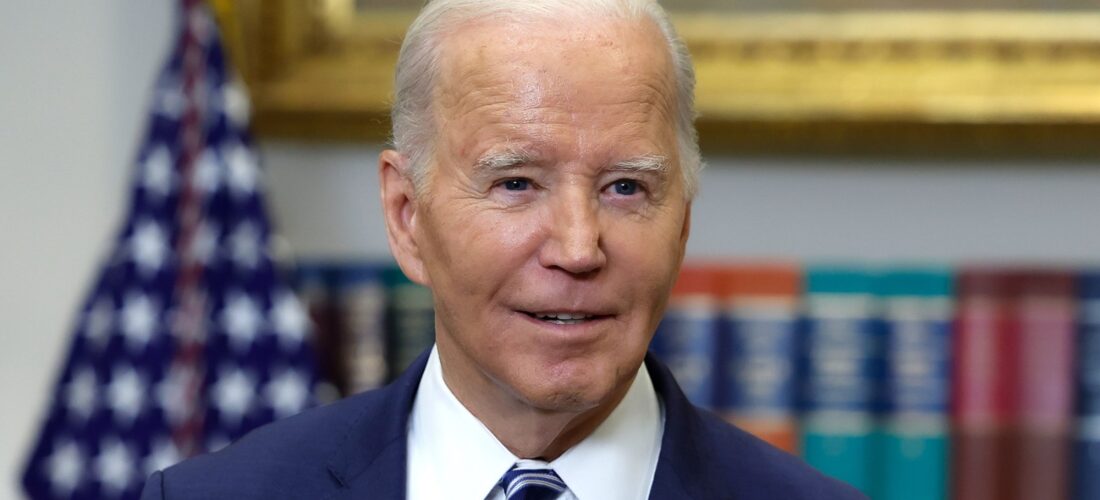Fewer Americans Are Struggling to Pay Bills, New Census Survey Finds
With eight months to go before Election Day, a deeply troubling number of Americans say they are struggling to pay their bills. But vast hardship appears to be decreasing substantially, at a good time for President Joe Biden.
As of this month, 36 percent of Americans reported having difficulty paying their usual household expenses, according to new data from the U.S. Census Bureau. That figure is quite high, but it’s a five-point decrease from October, when more than 41 percent of respondents reported experiencing financial hardship.
The new figures, released Thursday, highlight Biden’s biggest challenge as he gears up for his reelection bid against former President Donald Trump: Americans are still experiencing economic misery on a massive scale. By many measures, though, the economy is broadly improving — the labor market remains strong, and wages have been outpacing inflation. That improvement appears to be finally showing in the Census data.
The Census Bureau launched the Household Pulse Survey early on in the Covid-19 pandemic to measure how Americans’ lives are being impacted. Since August 2020, the bureau has asked survey respondents how difficult it has been in the past week to pay for typical household expenses, including food, housing, car payments, medical expenses, and student loans.
The percentage of Americans struggling to pay their bills skyrocketed as the federal government terminated pandemic aid programs.
For a time following the outbreak of the pandemic, starting under Trump, policymakers in Washington expanded unemployment benefits; sent stimulus checks; paused student loan repayments; and forbade states from removing terminating Medicaid enrollees’ coverage.
In March 2021, Biden signed the American Rescue Plan, authorizing a round of $1,400 stimulus checks and expanding the child tax credit. The percentage of Americans experiencing financial hardship quickly plummeted to 26 percent — the lowest figure recorded as part of these surveys.
Since then, the temporary safety net expansion has been rolled back piece by piece. The percentage of Americans experiencing financial hardship steadily increased, reaching a new high of nearly 41 percent in October 2022.
The census survey results did not meaningfully improve over the following year. In fact, in October 2023, the percentage of Americans having trouble paying their bills peaked at more than 41 percent, according to Rolling Stone’s analysis of the data.
Those numbers have helped explain why Biden’s approval rating on the economy is underwater, and why he is locked in such a close race with Republican frontrunner Trump, despite the former president currently facing 91 criminal charges. A recent poll conducted for the Financial Times found Trump has an 11-point advantage over Biden in terms of which candidate voters trust most to handle the economy. Economic confidence remains strikingly negative.
The latest Census survey shows that fewer Americans are currently struggling to pay their bills now than in the fall. To be clear, financial hardship remains elevated and is still slightly higher than it was when Biden took office.
If the numbers continue to improve, though, Biden’s 2024 chances might, too.
